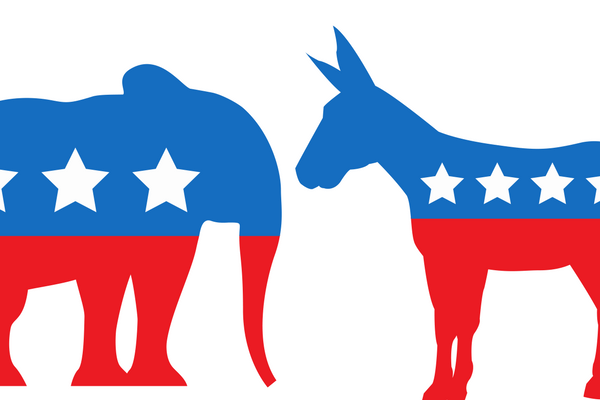Democrats gained veto-proof state legislative majorities in Delaware and New York in the Nov. 3 elections. This increases the number of state legislatures with a veto-proof majority in both chambers from 22 to 24: 16 held by Republicans and eight held by Democrats.
Democrats had a veto-proof majority in both states’ lower legislative chambers heading into the election and gained veto-proof majorities in both state senates.
Veto-proof majorities are most important when the other party controls the governorship. This creates more opportunities for legislatures to override gubernatorial vetoes.
Heading into 2020, there were four states where the governor was a member of a different political party than the veto-proof majority: Kansas, Kentucky, Massachusetts, and Maryland. All but Maryland held legislative elections in 2020. As a result of the 2020 elections, Republicans maintained veto-proof majorities in Kansas and Kentucky, and Democrats maintained their veto-proof majority in Massachusetts. No governorships in these states were up for election in 2020.
Ballotpedia identified five states with state legislative elections in 2020 that had the potential to gain a veto-proof majority of the party opposite the governor: Montana, New Hampshire, North Carolina, Vermont, and Wisconsin. Neither party gained a veto-proof majority in any of these state legislatures.
Forty-four states held regularly-scheduled state legislative elections on Nov 3. At the time of the election, there were 22 state legislatures where one party had a veto-proof majority in both chambers; 16 held by Republicans and six held by Democrats. Twenty of those states held legislative elections in 2020.
Although it has the potential to create conflict, the veto override power is rarely used. According to political scientists Peverill Squire and Gary Moncrief in 2010, only about five percent of vetoes are overridden.
Additional reading:


